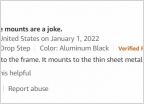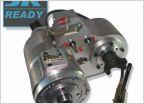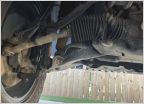-
Welcome to Tundras.com!
You are currently viewing as a guest! To get full-access, you need to register for a FREE account.
As a registered member, you’ll be able to:- Participate in all Tundra discussion topics
- Transfer over your build thread from a different forum to this one
- Communicate privately with other Tundra owners from around the world
- Post your own photos in our Members Gallery
- Access all special features of the site
Noise when slowing worse when also applying brake
Discussion in '1st Gen Tundras (2000-2006)' started by tundrainsc, Jul 14, 2025.


 Nerf running board sale on Amazon
Nerf running board sale on Amazon Tailgate handle
Tailgate handle Backup camera
Backup camera This truck can't handle 285/70/17
This truck can't handle 285/70/17 Torn rack boot...
Torn rack boot... Dash Clock Replacement
Dash Clock Replacement














































































